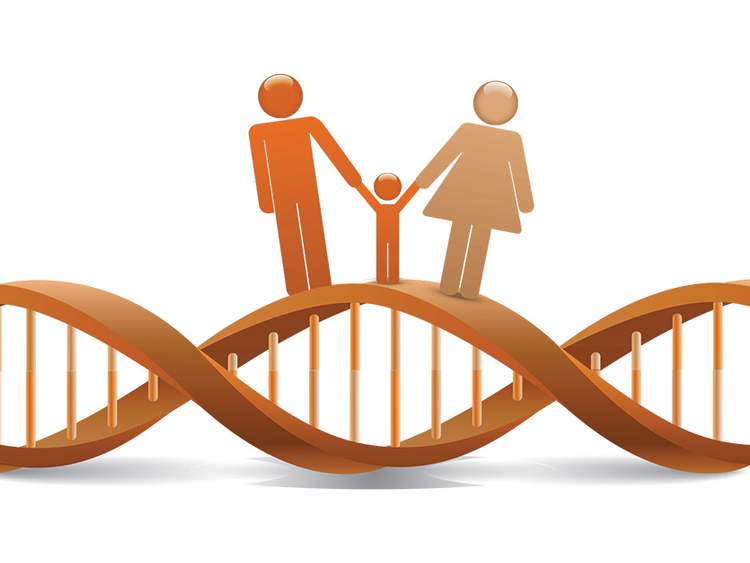Abu Dhabi: When Mohammad Sameer’s firstborn daughter started looking a little pale, he attributed it to his wife’s fair complexion being reflected in his child. But a visit to the doctor at six weeks of age revealed that she was suffering from thalassaemia, an inherited blood disorder characterised by less haemoglobin and fewer red blood cells than normal.
“Neither my wife nor I is thalassemic, and our family members do not have the disorder either. But we realised then that we were both carrying the defective gene,” the South Asian expat, whose name has been changed to protect his identity, told Gulf News.
It was 1999 then, and for the next 12 years, the family underwent regular trips thrice a week to get blood transfusions.
“It did not end there. The excess iron from all blood also had to be removed, so my daughter had to spend 12 hours everyday with an injection that would help her expel the excess mineral from her body,” he explained.
Although thalassaemia can be managed, its effect on Sameer’s daughter left him worried.
“I knew she could live into her late 40s, but I felt that she was lagging behind her peers somewhat. In addition, it is an understatement to say that it was not fun to manage the disease with the daily hospital visits,” he said.
Sameer and his wife then came across HLA [human leucocyte antigen] matching and its ability to help children affected by genetic diseases through the stem cells and bone marrow of healthy donors with matched HLA types.
“My wife and I were not HLA matches, so we were advised to have another child through IVF so that the HLA-matched embryo could be implanted,” Sameer recounts.
There began a period of much uncertainty and depression. The couple conceived three children through IVF in the United States, but all turned out not to be HLA matches or affected by thalassaemia. His wife also miscarried, and with their eldest thalassemic, they felt lost.
“We were then advised to opt for a spontaneous pregnancy, and this is how my second daughter was born. She was completely healthy, and a ray of light for us. But of course, she was not an HLA match,” he said.
After about a year, the couple decided to try once again.
“My wife went through the daily hormonal injections that come with IVF, as well as the egg collection and embryo implantation. Two of the embryos produced at the end of this attempt turned out to match my thalassemic daughter’s HLA, and the doctors said they would implant both to increase the chances of a successful pregnancy. As it turned out, my wife became pregnant, and we were then blessed with fraternal twin boys,” Sameer said.
But there was still a long way to go. The babies could not donate bone marrow till they were two-and-a-half years, so there was a period of some more waiting.
When it was nearly time, Sameer relocated his family to India to be nearby the hospital in Chennai where the bone marrow transplant would take place.
It was an intense nine months, with Sameer’s youngest son donating bone marrow and his eldest having to stay in isolation until her immune system was ready to deal with external microbes and germs.
“She underwent severe nausea, and the slightest fever had us rushing her to the hospital. But at the end, we now have four healthy children, and my eldest is living a normal life,” he said.
Asked about the process, Sameer says it is not at all easy.
“But our entire family has had three years of peace and health, and it feels well worth it,” he said.
Recently, an Emirati couple also underwent HLA matching through an Abu Dhabi facility to conceive a healthy child. The child is now donating bone marrow to help treat his thalassemic older sister.













